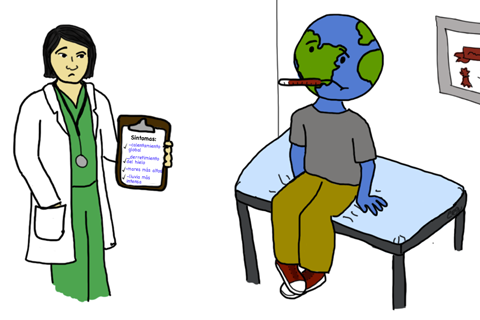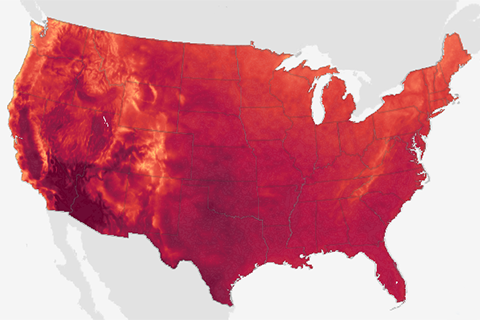
Influence of global warming on U.S. heat waves may be felt first in the West and Great Lakes regions
Global warming will make heat waves hotter, longer, and more frequent. Communities in the U.S. West and the Great Lakes region may have the least time to prepare.








